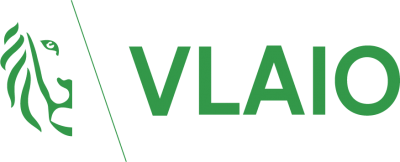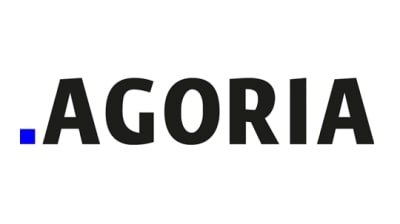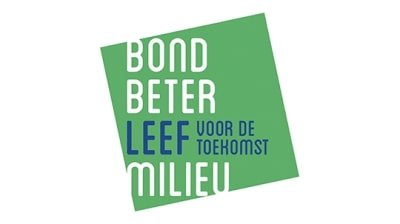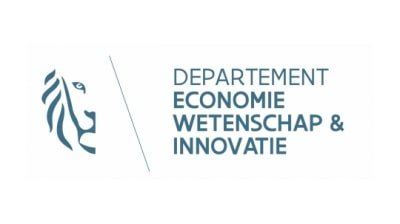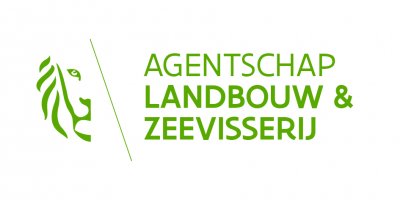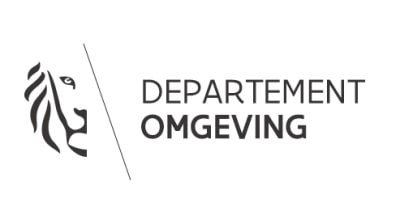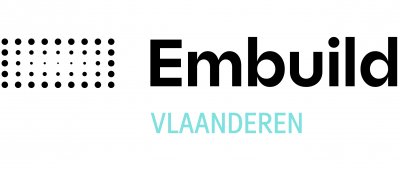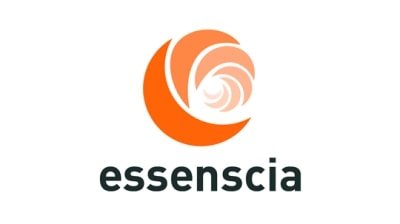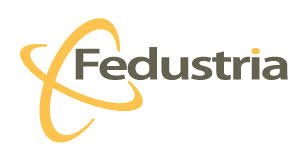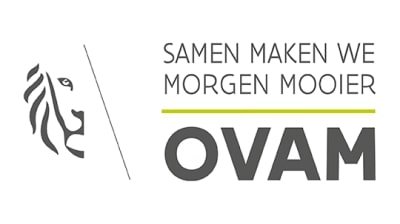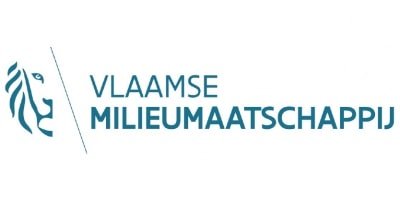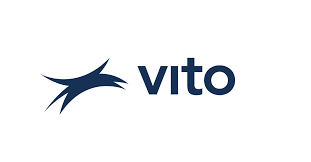Topics
We organise our actions in six thematic & strategic agendas:
Strategic Agendas:
Bio-economy
Circular Construction
Chemicals/Plastics
Manufacturing Industry
Food Chain
Water Cycles
Seven leverages provide additional support:
Leverage effects:
Lever Policy Instruments
Lever Circular Procurement
Lever Communication
Lever Innovation & Entrepreneurship
Lever Financing
Lever Jobs & Skills
Lever Research
What, why and how?
Why are we pursuing a circular economy?
Future visions 2050
How do we see our circular future?
About our management
Who steers what at Flanders Circular?
GCV Basket weaving
With GCV Basket weaving, Lieve makes locally woven, artisanal, sustainable custom-made baskets and giants of willow.
"Made local, made to last" is the motto of the baskets by Lieve Lieckens, the artisan basket weaver behind GCV Basketweaving. Her work emphasises craftsmanship, quality and sustainability. To optimise the circularity of the baskets, she limits transport and environmental impact, while keeping the baskets affordable and making them easy to maintain. She also commits to repairs, reuse, renovation and recycling.
Basket making and the craft of basket weaving is one of the oldest crafts in the world. Some sources even date back to prehistoric times and even then it was already a circular concept. Indeed, baskets are a perfect model of production and consumption where existing materials and products are shared, used, reused, repaired, refurbished and recycled, composted and possibly used as fuel to create more value for as long as possible. Throughout history, humans discovered more and more ways to make the most of the circular life cycle of woven baskets.
In the Western world today, this ancient craft is often only used for demonstrative purposes. Most baskets are imported from low-wage countries. In Belgium and the surrounding area, however, there is still a strong culture to preserve crafts and high-quality local products. Lieve would like to do her bit to continue promoting basket weaving. Specific to a craft is the handwork focused on the production and processing of materials. As an artisan, she is concerned daily with the quality and sustainability of craftsmanship. By using the right materials and caring for nature, this results in ecological and circular products.
To optimise circularity, Lieve applies two strategies: design and execution on one side and the circular business model on the other. Right from the design stage, reuse afterwards is taken into account. On this basis, it considers how the material should be used: are different layers needed? How should the components be connected? And how does waste remain limited? Then, the requirements we place on a basket are important. The focus is not only on the functional, but also on design, uniqueness, aesthetics, sustainability, circularity and ecology. It then looks at usability and adaptability. The circular business model then starts from the product itself and deals with circular construction, use of materials, ecological impact, reuse, sustainability, craftsmanship, among others.
Lieve not only weaves traditional baskets and custom-made baskets. She was also named Belgium's "giant braider". In fact, for more than 20 years, she has been braiding giants herself and helping with maintenance and repairs. These braided giants perform in parades, processions and many other events. Several of them have been recognised as Unesco Intangible Heritage. In Flanders alone, we know of more than 1,000 giants.
Craftswoman in the Spotlight 2022: https://www.youtube.com/watch?app=desktop&v=UWa5W1LzhSU&list=PLslOtQrRWG3JI91V7h0ySklCuFkncIRxs&index=8
-IkwashierLife, radio report "The basket weaver": https://www.youtube.com/watch?v=VWsS8pD2ufo
- Facebook: https://www.facebook.com/GcvMandenvlechten
- Instagram: https://www.instagram.com/belgianbaskets/
- website: https://www.mandenvlechten.be/en/
GCV Mandenvlechten
Sectors
Themes
Organisations
